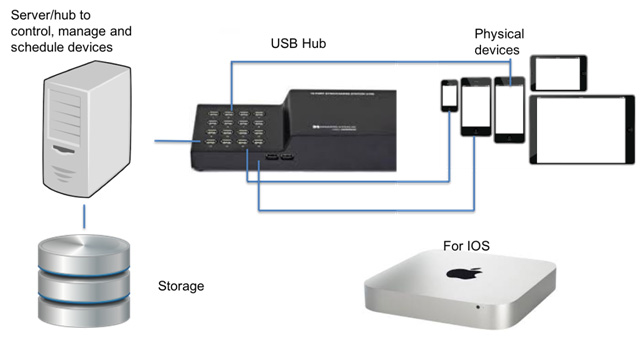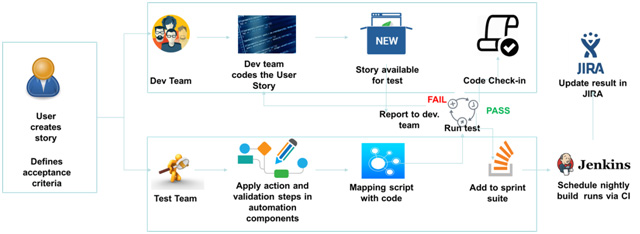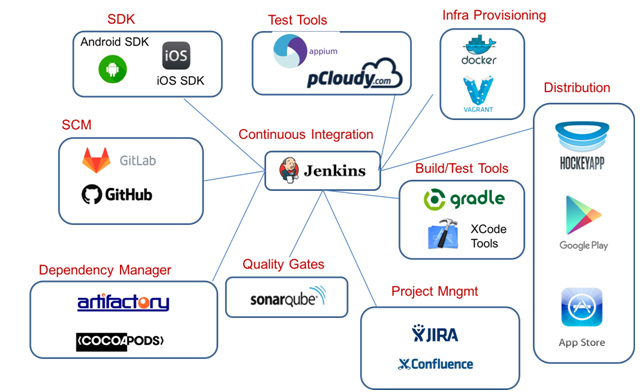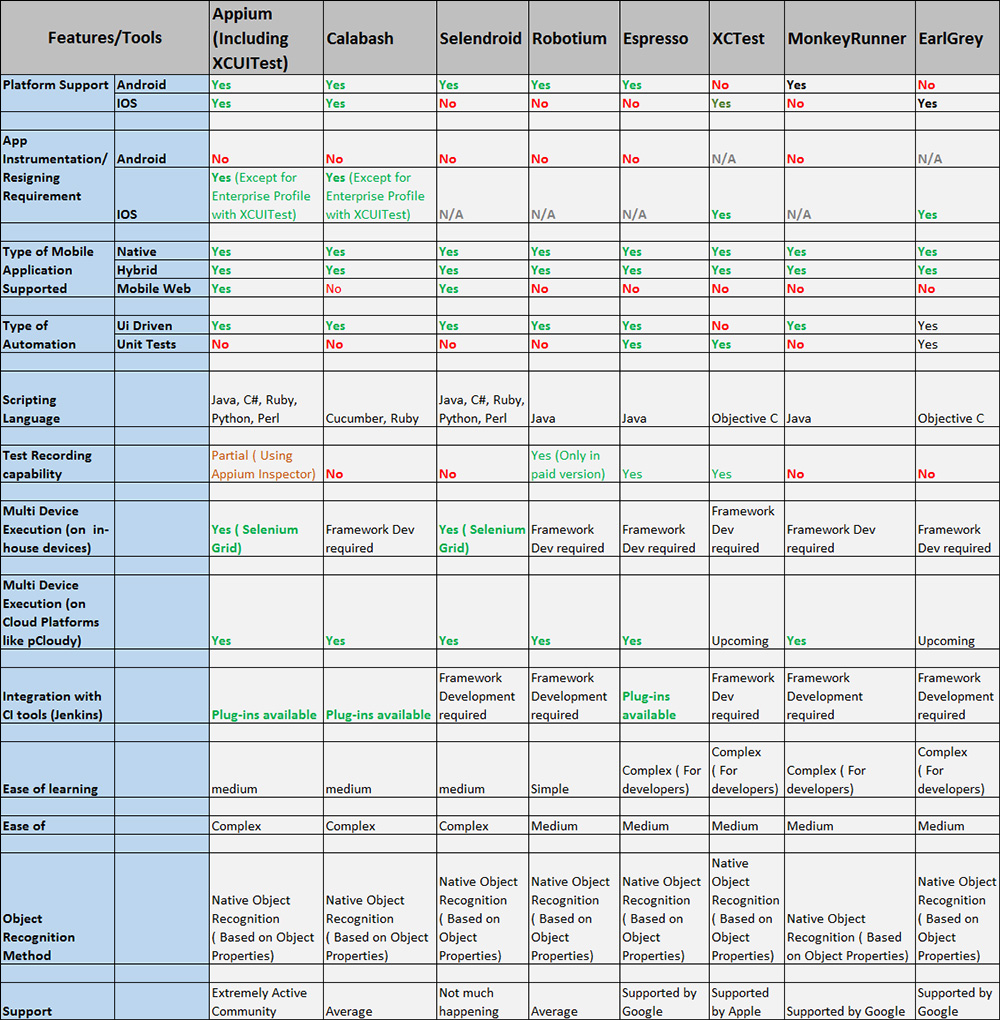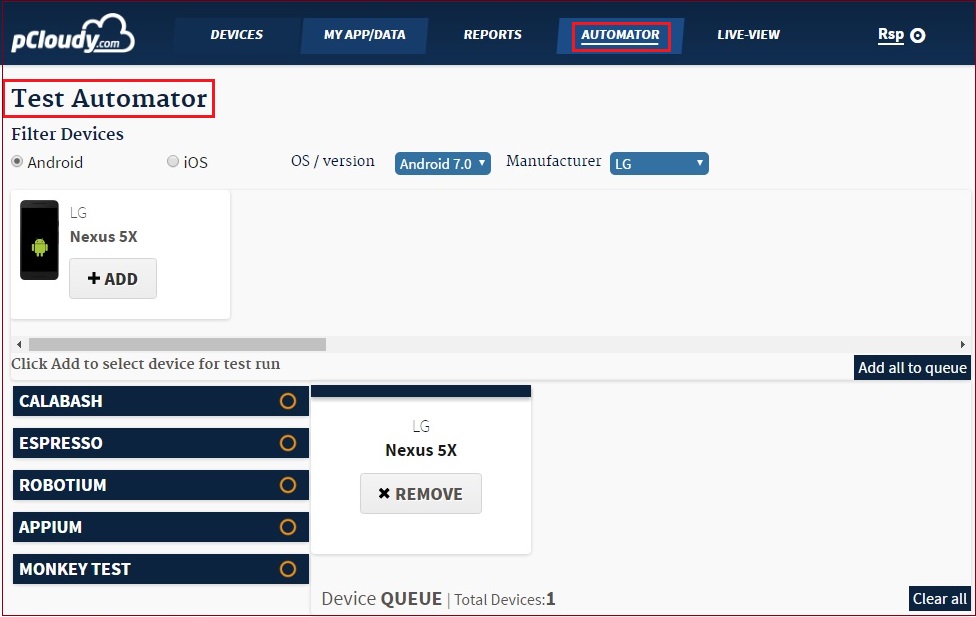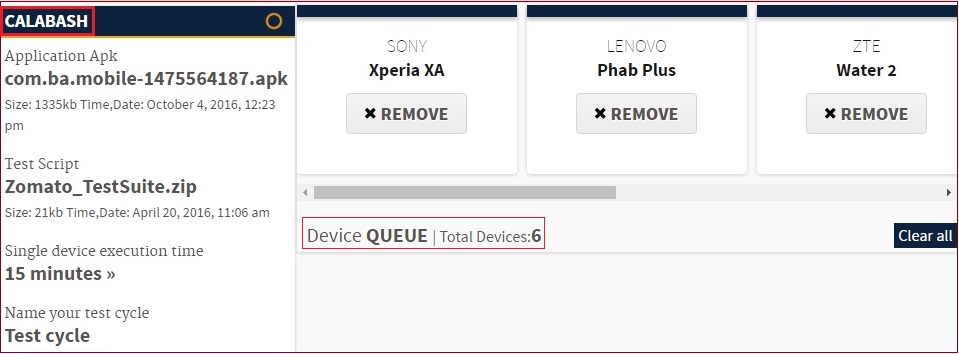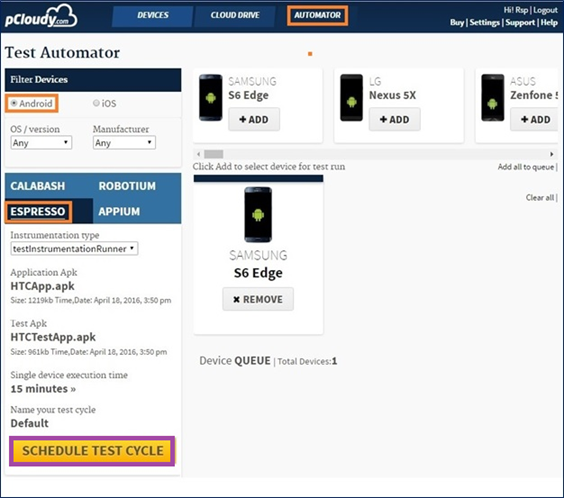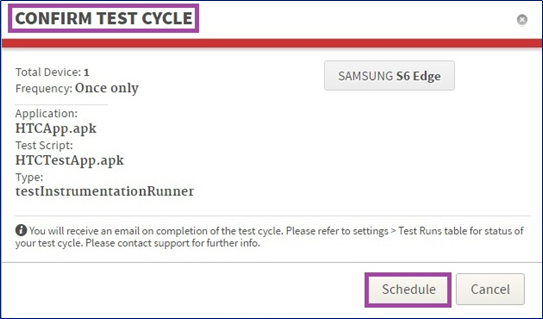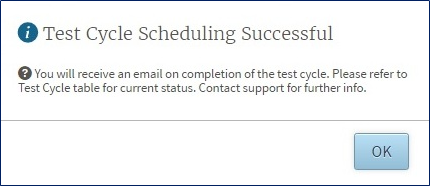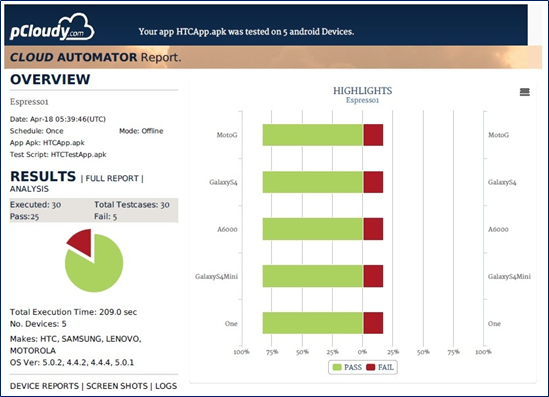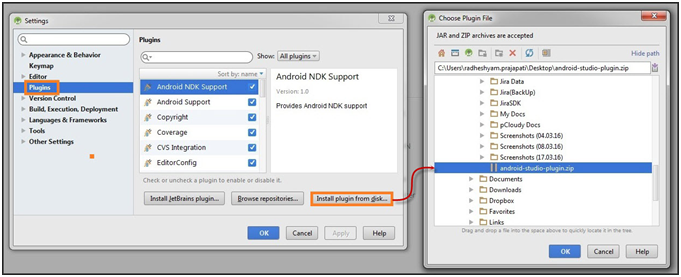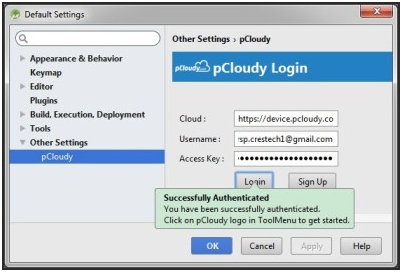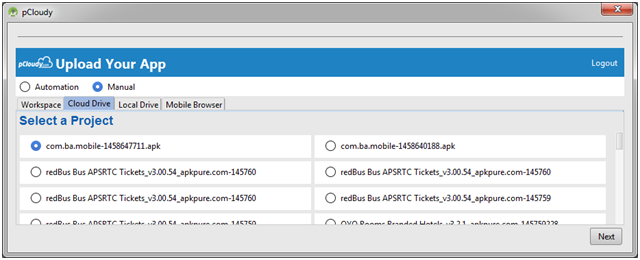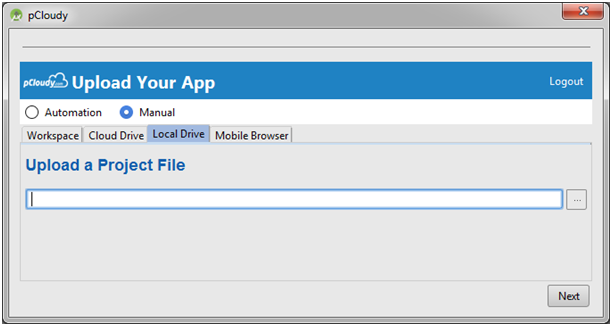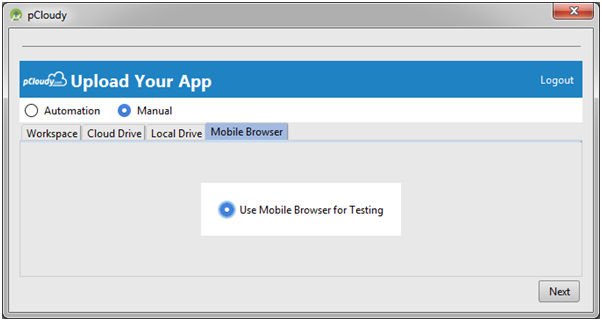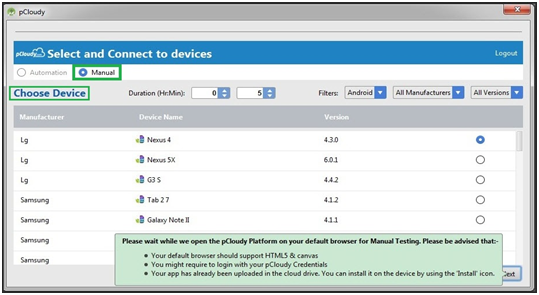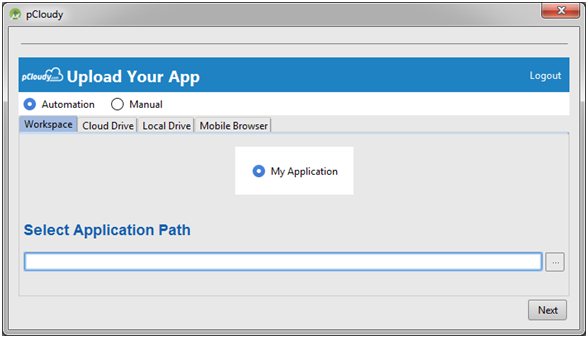Automation Testing Advantages
With an incessant advancement in technology and mobile eco-space, it is becoming extremely challenging for companies to maintain the quality and efficiency of mobile app development. Testing being one of the major business critical activities is often neglected because of the time and cost limitations. This ultimately leads to a compromised product quality, dissatisfied customer, delayed delivery and an increase in the overall quality costs. The major reasons for an increase in costs can be an ineffective test strategy, underestimated effort of generating a test case, delay in testing or keeping pace with the device fragmentation. Test automation helps to better the development process of a mobile app in multiple ways. Test automation is generally associated with increased effort and the results pay off quickly in return.
Benefits of Automation Testing
1. Faster feedback: Automation of testing actually comes as a relief for development and testing engineers during different phases of an app development life-cycle. It helps to better the communication among coders, designers, product owners and rectifies the potential glitches with no delay. It also increases the efficiency of the development team.
2. Saves time: Writing codes in manual testing is a tedious process especially when the testers have to write long scripts while doing regression testing. The requirement of fast bug free delivery of apps is not fulfilled and companies have to suffer business losses.
3. Early Bug Detection: Unlike manual testing, bugs can be detected early during the development phase in an automated testing which saves a lot of time during Mobile app development life-cycle for both developers and testers.
4. Re-usability of Scripts: Testing automation makes the lives of the testers easy. The scripts can be reused with no or minimal changes in the script. These scripts can be used multiple times no matter if there are changes in the OS version of the device. The scripts and steps are stored and it helps to repeat the test without skipping or forgetting any step.
5. Running tests anytime, anywhere: Automated testing help test engineers to run their tests 24/7. If the test engineer has to leave early for the day, he can easily schedule the tests and leave the office. The test results will be ready by the time he logs in again next morning.
6. Distributed Test Execution: Automation testing cuts down complexities with its distributed test execution feature. It helps the testers to run a test script on more than one computer or shared network or servers simultaneously. So, only an automation testing tool is the requirement rather than multiple tools.
7. Robust and simpler reporting: Automation testing gives us the benefit of tracking each test script. All the test scripts executed will be visible in visual logs. The reports generated can evidently show the number of test scripts already executed, scheduled, their reported bugs or issues and the ways in which they have been fixed.
8. Testing Capabilities: Automated testing offers an unmatched and huge testing capability. The mobile app needs to be tested on multiple devices, OS versions, screen sizes etc. which can be efficiently done through automated testing and not by manual testing. In fact, it is almost impossible to get perfect results through manual testing.
9. Better Test Coverage: Test automation can easily execute thousands of different complex test cases during every test run providing coverage that is impossible with manual tests. It can only be possible through automated testing as it can run test scripts on multiple computers with varied configurations. It can look inside an application and see memory contents, data tables, file contents, and internal program states to determine if the app is functioning as expected.
10. Less Manual Effort: If an enterprise has implemented automation tools for testing, then it can accelerate the process and reduce the manual effort multi-fold. Less number of people will be required for a project and they can be utilized for different projects.
11. Improves Accuracy: We have been saying this time and again that automation testing overcomes the shortcomings of manual testing. It has improved the accuracy to a great deal by giving error-free results unlike manual testing where testing is error-prone, delays the delivery and increases the cost. It is especially a boon in stress testing where getting error free results in manual testing is almost impossible.
12. Return on Investment: One of the most important advantages of automation testing is the return on investment to the organization. Every enterprise analyses the return it would get out of its investment and then would go for creating a test automation framework. Automated testing offers immense returns in terms of faster testing, error-free results, less manual effort. If the enterprise has automated testing tool, then the testing would be more efficient and accurate and easy.
13. Volume: You can run your tests on more than 500 devices in automation testing which is impossible in manual testing.
One of the most important business advantages of automation testing is the return on investment to the organization. There are many advantages of automation testing tools as they are a crucial component in the DevOps toolchain. The importance of automation testing comes into picture when you have to run the test cases with different data and conditions several times.
Conclusion
Automation testing not only helps in saving time and improving accuracy, it does value addition to all the stakeholders involved in the app development lifecycle. Although testing automation offers such huge benefits, but many organizations have not adopted it in its entirety because of its initial cost associated with its configuration. With Agile testing and DevOps methodologies being widely followed in the IT industry, it is advisable to automate your testing processes completely with renowned automated testing tools to get the best results.
For more information check out this video:








